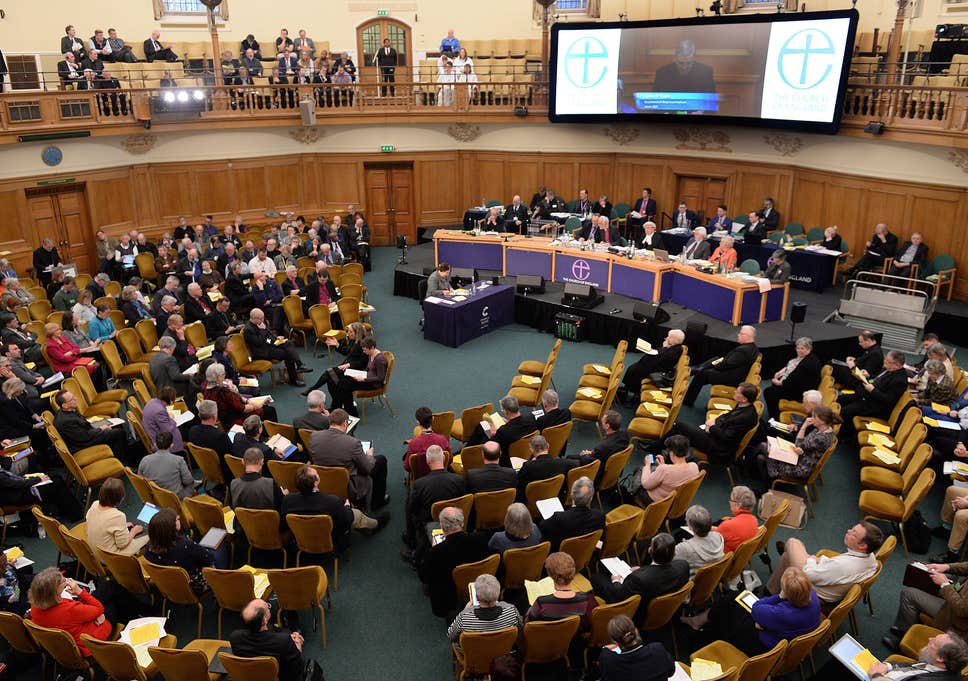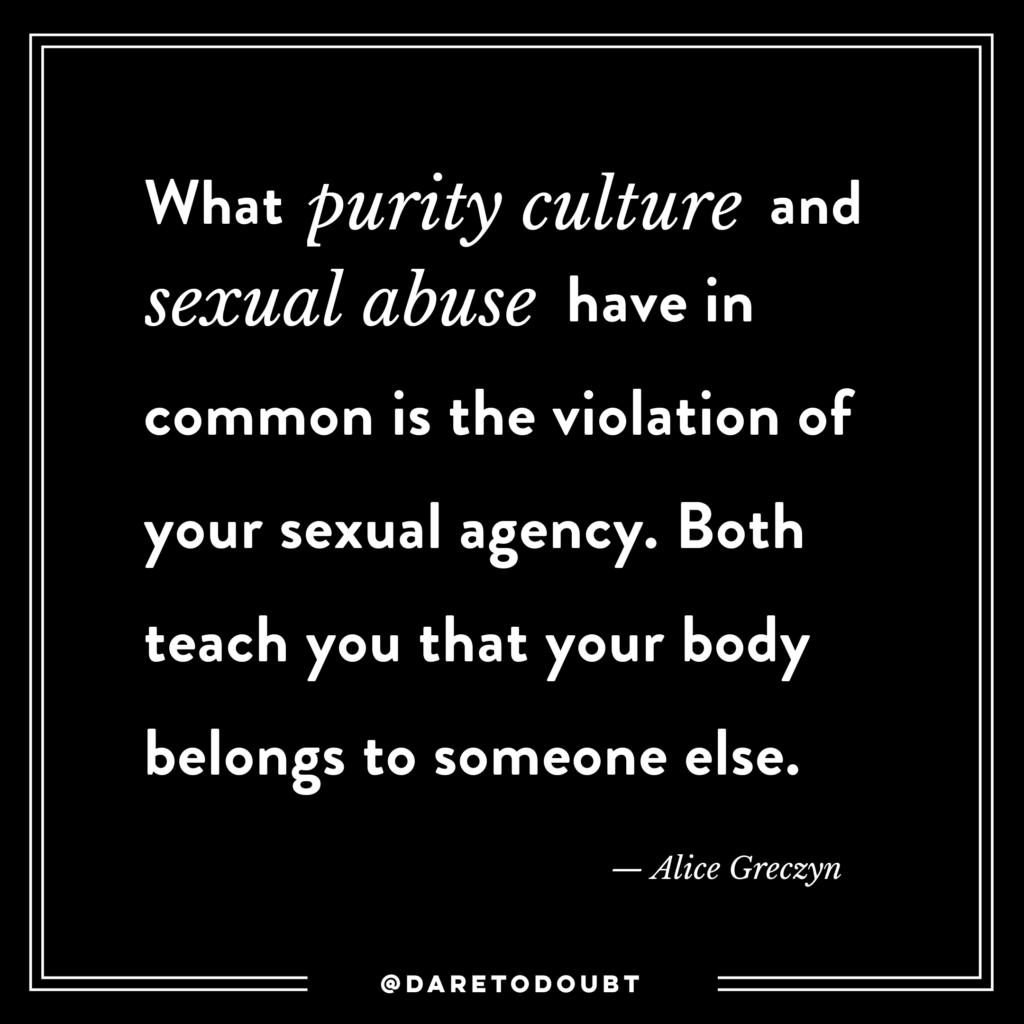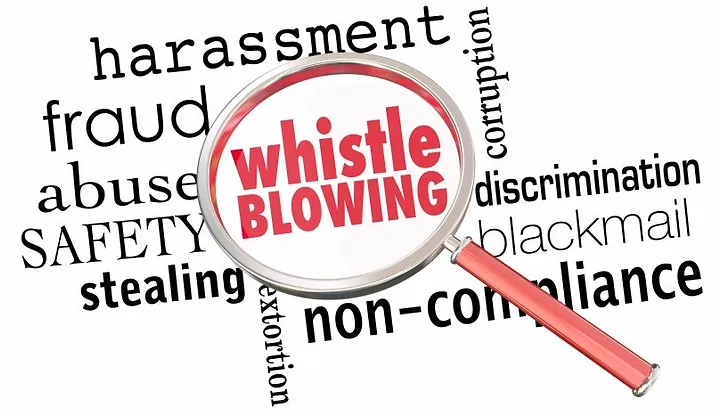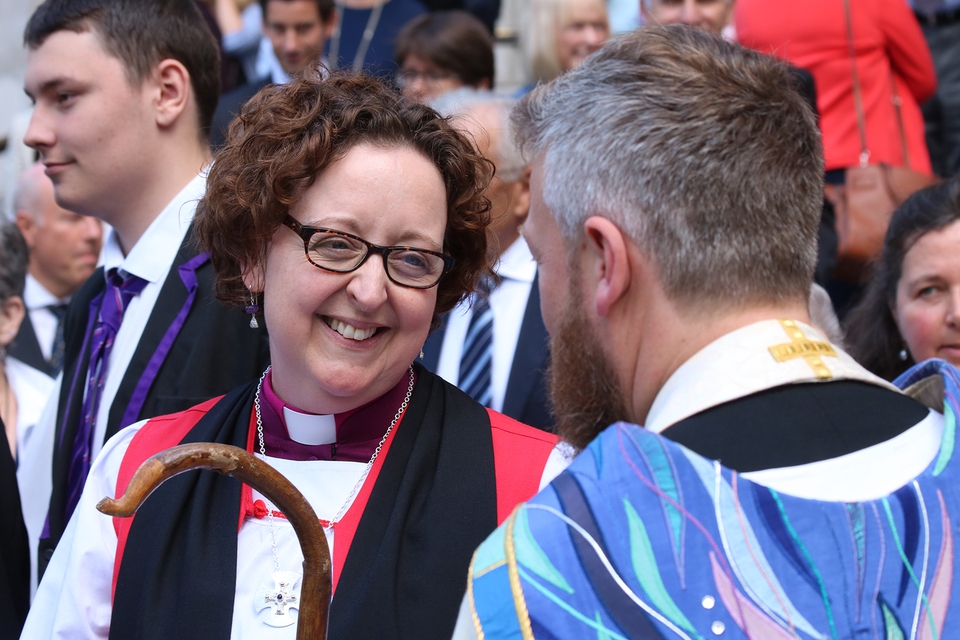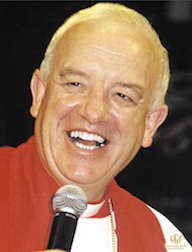by K-Anonymous

Editor’s Comment. On one level this blog contribution is a summary of the Kenneth story to date, but on another level it is asking questions about the slip-shod way that justice in the CofE is administered. There are three principles of natural justice that are being manifestly denied in this case. The first is indicated in the title. There is an assumption of guilt because an accusation has been made. The second principle of common justice that does not seem to occur to the members of the core group entrusted with this case, is the complete lack of interest in gathering all the factual evidence available. According to K-Anonymous, the author of the blog, there is vital evidence contained in the choir registers that would indicate when the offences could have taken place. The third principle that is being denied Kenneth is any possible appeal against the assumptions of the core group. No appeal system seems to exist against allegations of this kind. The Kenneth story is important in its own right but it is of wider interest because it reveals a justice system that seems not fit for purpose. We have currently the ongoing crisis with the Independent Safeguarding Board. This body is unable to function because unseen forces in the Church simply try to airbrush out its very existence as it seeks to exercise its independence. These matters are serious and undermine the integrity of the justice system within the Church of England at the highest level.
The impediments to resolving the ‘Kenneth’ case
The shame and disgrace of this case is that it has taken place in one of our prestigious Cathedrals and two of the perpetrators are a Dean and a senior Canon Pastor.
This case might have been resolved in September 2020 instead of which it has dragged on for a further two and a half years and still ongoing. The reason for this is that there is indisputable evidence of conflict of interest. This has led to the deliberate withholding of substantial evidence by the Core Group and the Canon Pastor in particular which might have exonerated Kenneth.
The Canon Pastor openly supported the boy complainant and his mother (who was a significant part of the allegation). In September 2020 a formal complaint was made about this to the Dean but was ignored.
Criticism of Cathedral support for complainant came from an Independent Reviewer September 2021 who said, ‘full consideration’ was not given to, ‘the case with the appointment of CSO [Cathedral Safeguarding Officer, Canon Pastor] continuing as the support officer for the victim and his mother’.
Lord Carlile spoke about the illegality of Core members having a conflict of interest (Micah 6:8 Initiative, 2020) and so did Dr Godfred Boahen, (‘Declaration of Interest’, 2021). Both of these have featured in our complaints but ignored, not even being acknowledged. The document From Dr Godfred Boahen was approved by the National Safeguarding Steering Group and in this group was the Diocesan Secretary who was also a Core Group member.
The Choral Registers
The case in point turns on the choir attendance registers which are not rotas, as the Core Group tries to maintain, but legal documents which are kept in the Cathedral library and should be available for scrutiny by any official body. These are the records which determine the pay for each singer.
The boy complainant could not give any specific dates of incidents. Although a specific date of December 1st 2019 was given to LADO, Kenneth could prove beyond doubt he was not in the city that day.
The boy however did give three different spans of time which changed according to the person he was speaking to: the police, LADO or the Cathedral Safeguarding Officers. Kenneth realised in the widest time frame the boy gave that for many of the weeks he himself was abroad. He researched those weeks when he was back in the country and found that in those weeks the boy choristers had sung only three times. He made a chart of those dates along with the chaperones on duty on each of those occasions. This was never followed through and the chaperones were never interviewed.
In September 2020 Kenneth asked the Canon Pastor, as the person responsible for the registers, if he could have the information as to whether or not he and the boy were together in the vestry at the same time on those three dates. If there was even only one date when they were not together it would throw doubt on the boy’s entire story because his only consistency of story has been, ‘three separate incidents’. If on one date they were not together then it begs the question of ,’when did the third incident take place?’ When could it possibly have taken place?
The Canon Pastor adamantly refused to give this information saying, “I’m afraid, though, that your request to in effect gather evidence is not something that sits comfortably within my pastoral role’. (September 29 2020). At the time she was openly pastorally supporting the boy and his mother which is recorded in a Core Group meeting found in a Subject Access Request document from Kenneth’s data base, held by the Diocese. A formal complaint was made to the Dean about this conflict of interest but was ignored. The Canon Pastor continued in her refusal to give the information from the registers throughout seven complaints in fourteen months.
After not commenting on and ignoring all requests for the information in the registers, eighteen months later, in a meeting with Kenneth, the Canon Pastor said she felt it would still conflict with her role as Canon Pastor.(January 12th 2022)
Latterly though, the Dean has taken part. At a risk assessment meeting on December 15th 2021, the Dean said, for the first time, that it was the Core Group who had refused access to the registers. This had never been said before by him even though we had sent him our first formal complaint about her conflict of interest in 2020.
Subsequently he had been included in our complaints about the choral registers always naming the Canon Pastor; he never acknowledged these complaints. He involved himself again because on February 5th 2023, he told Kenneth that as the boy complainant could not give precise dates the charts were invalid. He had completely misunderstood the way in which the dates had been determined.
It would seem that the allegation could have been built on a tissue of lies but only looking in the registers would ascertain that. The Canon Pastor is refusing to do this because of her close relationship with the boy and his mother (facebook friends; I have the photo shots of some of these).
After 27 months has she really not been tempted to look in the registers? If the boy and Kenneth had been in the vestry together on those three dates surely this information could have been used to incriminate Kenneth? They have tried other untruthful means to do this. If they were not together on any or all of those days the Canon Pastor must be held responsible for having allowed this case to drag on for almost three years without an investigation and based on deliberate and malicious fabrications.
In any case as the Canon Pastor had a conflict of interest in the case, this refusal was illegal because she had a vested interest in not revealing the information possibly of protecting the boy. Or now, after so long, herself?
Kenneth’s progress
in the meantime what has become of Kenneth? These last three years as you would expect have taken their toll. Perhaps if the information from the choral registers could have been given in September 2020 he might have been spared these years of suffering. If any of you have any questions you wish to ask me I can reply to them through the blog. Better still, if anyone knows anyway we can override the decision made by the Canon Pastor and gain access to the information, even at this late stage it would do Kenneth the world of good.
From November 2022 to January 2023 he went to visit his brother who lives in the Far East. He travelled there in a wheelchair, and was looked after by airport staff. I was shocked on his return to learn from his brother how he had noticed a serious deterioration in Kenneth’s health. So much worse than we had seen him in June. Kenneth does have chronic health issues of diabetes and what has been diagnosed as an ‘essential tremor’. The tremor especially was much worse.
His brother wrote to me:
The past 2 months spent with Kenneth have given me much concern for his health physical and mental. The events of the last few years have clearly taken their toll.
During a period of illness from a stomach upset he had no recollection of what medication he had taken or should be taking and he was totally disorientated & just lay in bed in a darkened room. He was very unstable on his feet suffering a quite serious fall on his first night. We, my wife and son, were alarmed at how bad his tremors have become, at time making eating & most other activities impossible.
I confess much of what I saw during Kenneth’s stay left me concerned for his wellbeing. Other friends who remembered Kenneth from previous visits expressed ‘surprise ‘ at his current state.
February 2023
You will be pleased to learn that Kenneth is now somewhat improved; his friends have rallied round him and he even goes swimming regularly.
